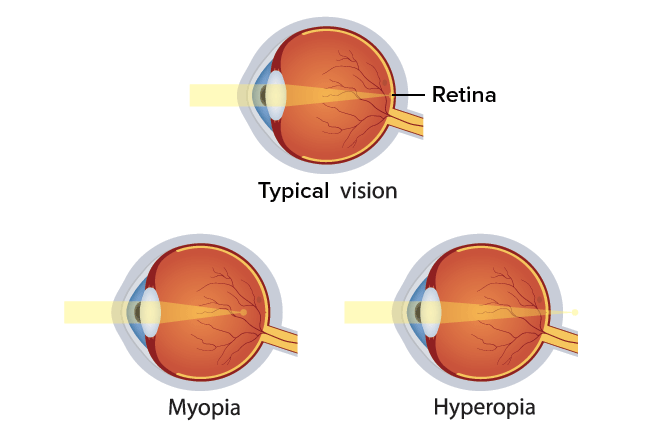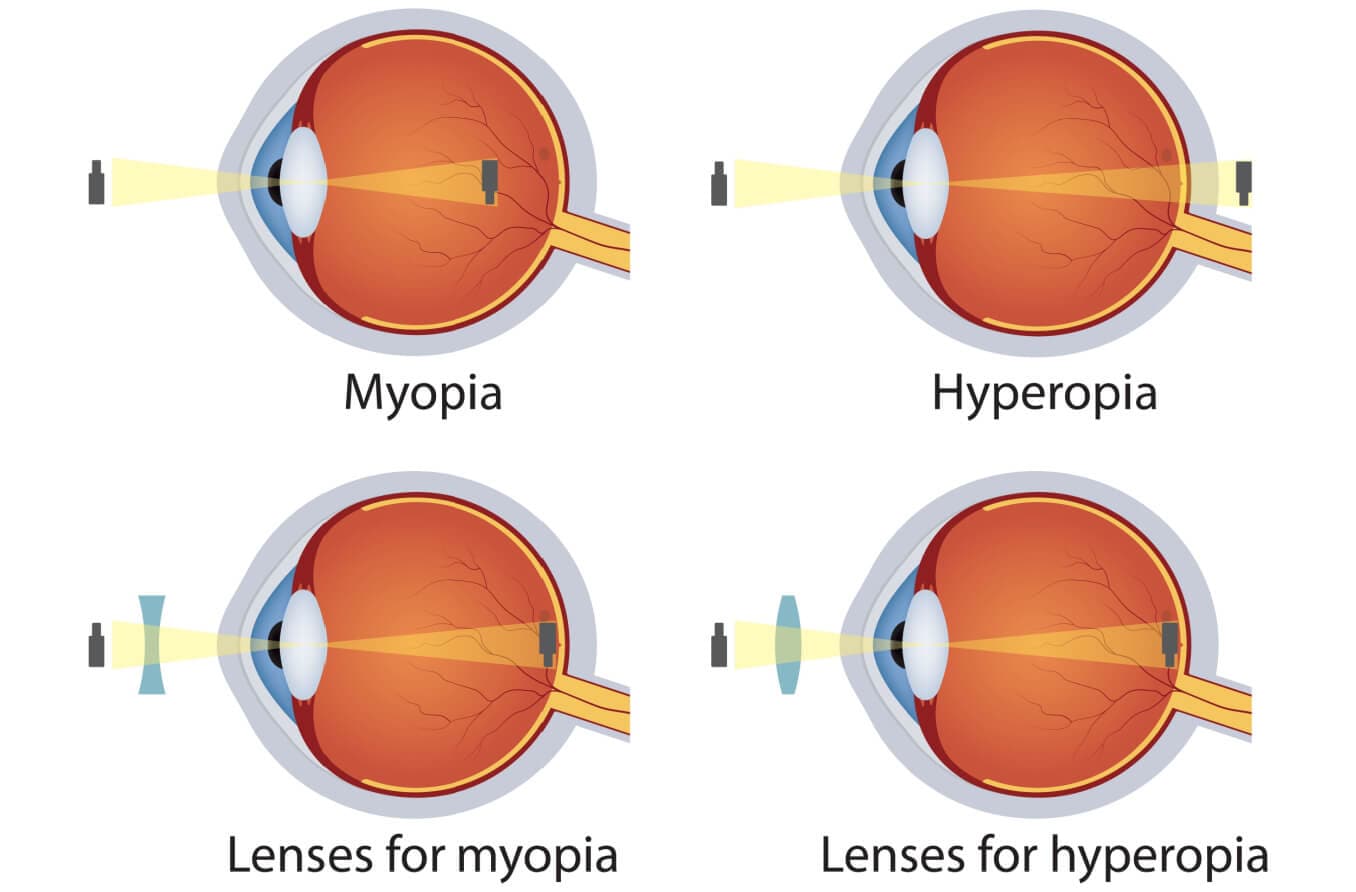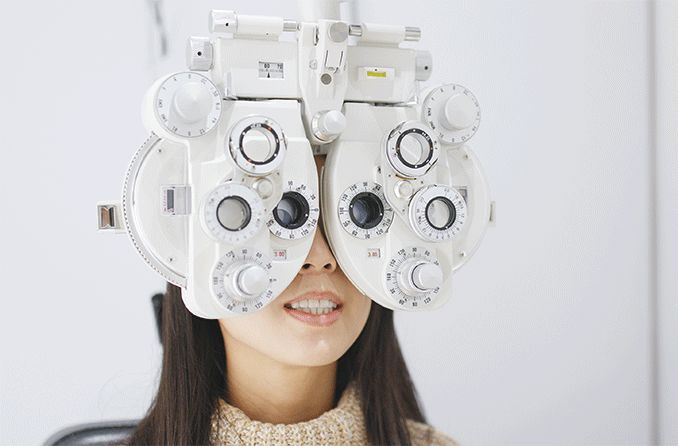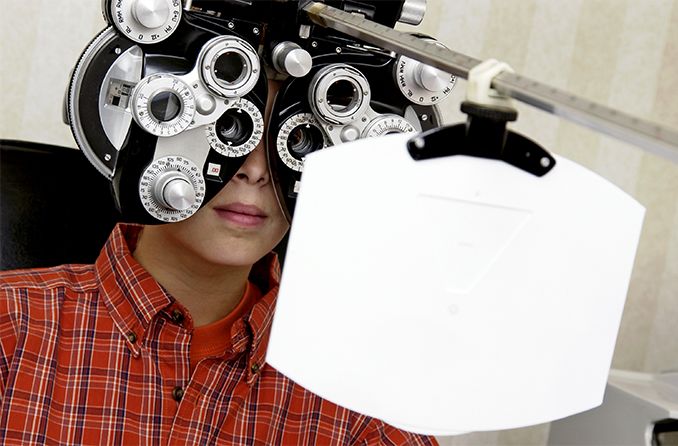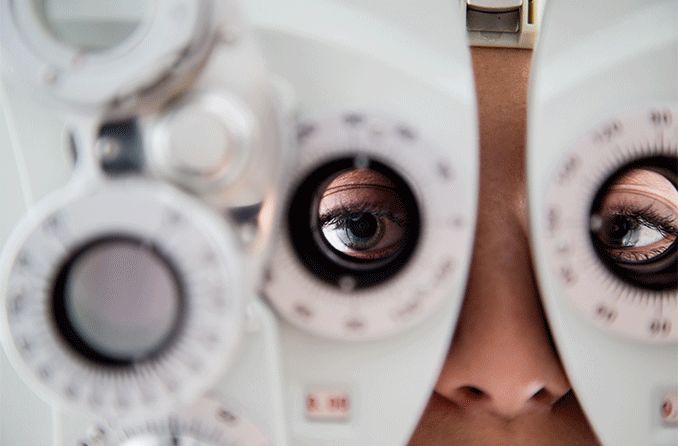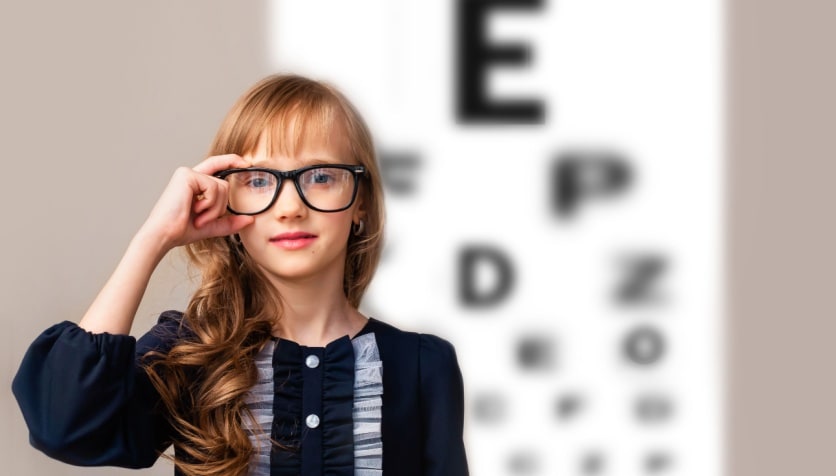Myopia vs. Hyperopia
Myopia and hyperopia are common — but essentially opposite — types of vision problems. The biggest difference between them is where objects appear in focus. People with myopia (nearsightedness) see nearby objects more clearly. People with hyperopia (farsightedness) see distant objects more clearly.
Conversely, nearsightedness makes distant objects look blurry. Farsightedness blurs objects that are close to you. The difference between being nearsighted or farsighted is a matter of where light focuses inside the eye.
After light enters our eye through the pupil, it needs to be neatly focused on the retina in the back of the eye. When light enters the eye and does not focus properly on the retina, it causes blurry vision.
